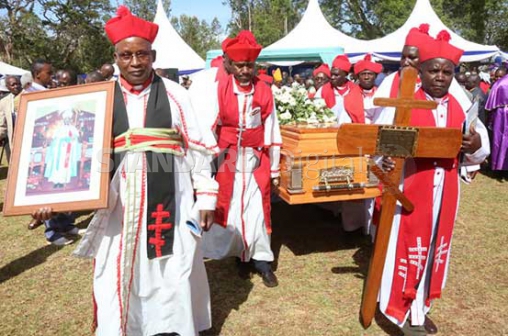
Last week, this column reported that just 16 per cent of the Kenyan workforce is formally employed and earns a salary. This translates to 2.47 million people out of a working population estimated at 15.1 million adults. It surprised many readers, and is an indictment on the structural failings of Kenya’s economy.
Informality is the dominant experience in the Kenyan economy, accounting for 84 per cent of all jobs in the market today. But, by nature, it escapes official scrutiny, is invisible in official statistics, and so ends up being misunderstood or neglected by policy makers.